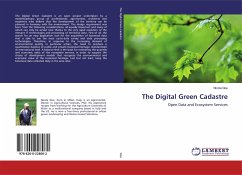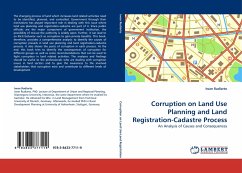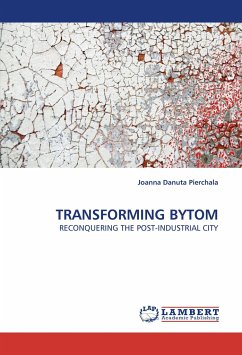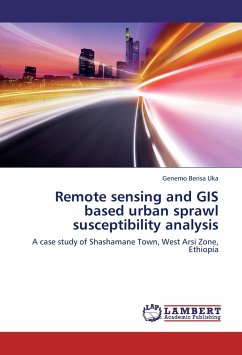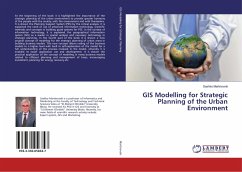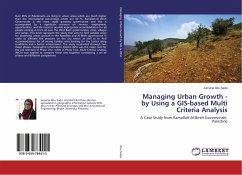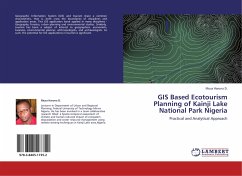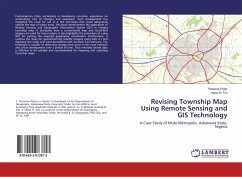
DIGITAL TRANSFORMING THE PAPER-BASED CADASTRE BY USE OF GIS TECHNOLOGY
USE OF OPEN SOURCE WEB GIS TO DIGITIZE PAPER-BASED CADASTRE, Buea Sub-division, Cameroon
Versandkostenfrei!
Versandfertig in 6-10 Tagen
29,99 €
inkl. MwSt.

PAYBACK Punkte
15 °P sammeln!
Historically, land was the primary capital in agriculture-based economies, and paper-based cadastre recorded land use and ownership. As practiced in ancient China, the cadastre faced limitations like; difficulty updating maps, wear and tear, outdated coordinate systems, and issues like boundary disputes and high land registration costs (FIG, 2020). Technological advancements, particularly GIS, have transformed cadastres into multipurpose systems essential for modern land governance (Polat, 2019).Despite these advancements, Cameroon still uses a paper-based cadastral system, contributing to its...
Historically, land was the primary capital in agriculture-based economies, and paper-based cadastre recorded land use and ownership. As practiced in ancient China, the cadastre faced limitations like; difficulty updating maps, wear and tear, outdated coordinate systems, and issues like boundary disputes and high land registration costs (FIG, 2020). Technological advancements, particularly GIS, have transformed cadastres into multipurpose systems essential for modern land governance (Polat, 2019).Despite these advancements, Cameroon still uses a paper-based cadastral system, contributing to its low ranking (178th out of 195 countries) in terms of ease of land registration (WBG, 2019). This research explored the challenges faced by Cameroon's system, including registration duration, user experience, and data security. To address these issues, a tier-3 WebGIS system was developed using open-source platforms like QGIS, PostgreSQL, and GeoServer, resulting in a Cadastral Information System (CIS). This digital system aims to improve the efficiency of land governance. The project also provided recommendations for implementing and scaling the system to enhance land management in Cameroon.





